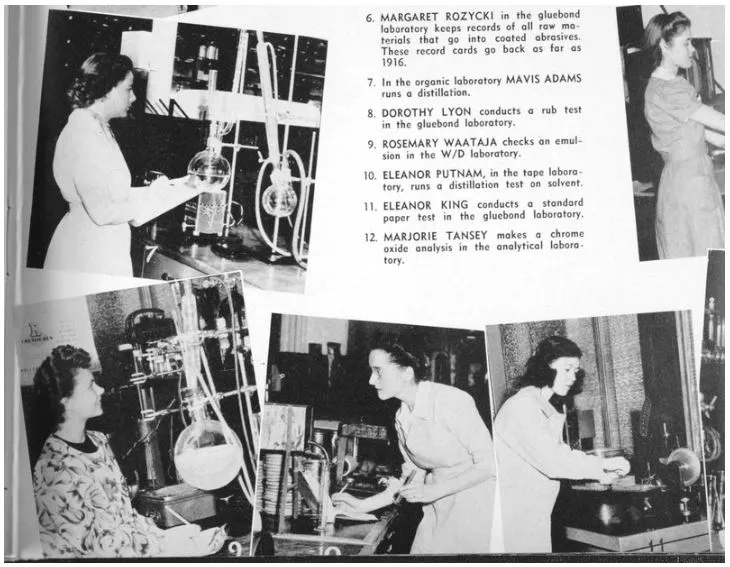1890's: Labor in Minnesota
1890: The Minnesota State Federation of Labor is formed. Its platform includes the 8-hour day; state inspection of mines and factories; free textbooks for all schoolchildren and state ownership of the railroads, telegraph and telephone system.
1890: Starting in 1890, the former Confederate states enact measures that have the effect of denying blacks the right to vote. Forms of disenfranchisement include poll taxes — requiring payment of a fee to exercise the right to vote — and measures requiring the ownership of property in order to vote. In Texas, these “Jim Crow” laws are also used to deny Mexican-Americans the right to vote.
1892: The St. Paul Trades & Labor Assembly raises money to help defend the Homestead steel strikers who have been arrested and sends famous Twin Cities criminal lawyer W.W. Erwin to Pittsburgh to assist in their defense.
1893: Workers in Minneapolis bakeries begin the first union organizing in that industry in Minnesota.
1894: The year of the great railroad strikes by the American Railway Union, formed by Eugene V. Debs. In the Great Northern strike, workers shut down the rails from Chicago to Seattle, forcing James J. Hill — “the Empire Builder” — to restore a pay cut. But later that year, the Pullman Strike is crushed when President Grover Cleveland sends in federal troops. The ARU never recovers and Debs is sent to jail.
1896: The first of the state’s three central labor council newspapers, the Duluth Labor World, is founded by 29-year-old Sabrie Akin. Under her editorial direction, the Labor World champions the cause of “laundry girls” and immigrants working in the ore and logging industries — workers whom others in the labor movement have ignored. The St. Paul Union Advocate is founded in 1897 and the Minneapolis Labor Review in 1907.
1896: The Duluth Assembly gets a report that Minnesota mining companies have posted bulletins threatening immediate discharge of any miner who joins a union. The State Federation of Labor convention demands a law requiring mining companies to remove bodies of miners buried in cave-ins after officials at Eveleth’s Vega mine apparently ignore a fatal cave-in and order crews to keep right on working. By the late 1890s, the Western Federation of Miners is actively organizing miners on the Iron Range.
1897: The Minnesota State Federation of Labor hires its first lobbyist to promote worker issues at the state Legislature.
1897: The Amalgamated Meat Cutters and Butcher Workmen of North America was chartered by the American Federation of Labor. In most meat packing plants, unskilled workers were the majority, with many earning less than $6 a week. Skilled workers were paid better, with their wages ranging from $3 to $3.50 a day.

